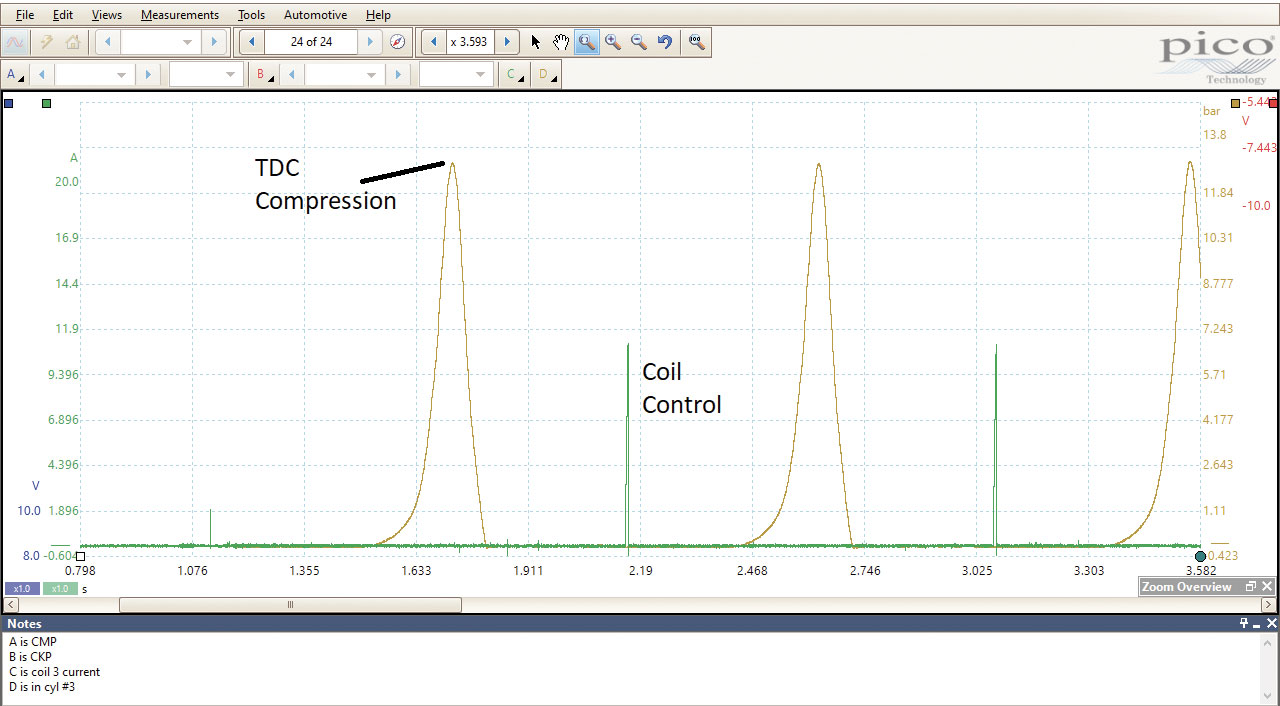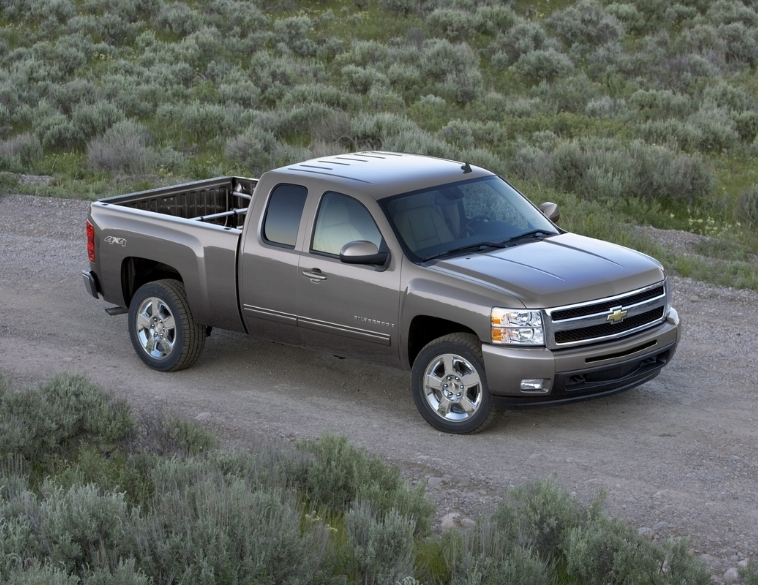Follow us as we diagnose this unusual crank, no start complaint on a 2009 full-size Chevy pickup with a 6.0L engine.
When we arrived to look at this vehicle, we did the usual base checks that one would follow for a no start. We checked that the engine had good fuel pressure, good spark and good injector control. When we ran these checks, everything tested as normal but the engine just wouldn’t fire.
We also performed a code scan to make sure there were no security-related codes that would cause the vehicle not to start. We had an ignition 1 code and 2 coil codes.
A quick check with the technician working on the vehicle revealed that they had been unplugging different components on the engine. We cleared the codes, re-scanned the vehicle and confirmed that there were no codes present. Looks like the codes were self-induced.
Tougher to solve
Now that the usual faults had been eliminated the problem became tougher to solve.
If you think about it, to have the engine run we need to have certain things happening in the cylinder to promote combustion. You must have an ignition source in the cylinder at the right time.
You must have a combustible mixture in the cylinder at the time of ignition, finally, the environment in the cylinder must be correct for combustion to take place.
In other words, you must have correct valve timing and compression; correct spark timing and correct injector timing and pulse width for the engine to start.

We had already verified that the engine had a good spark, (we checked with a spark tester), plus we tested injector control and on time, (figure 1), they were normal, and we also performed a compression test.
Compression came in at 170 psi which is a good number. Having verified the basics, we needed to delve deeper. We decided to check CMP to CKP sync to see if the engine was timed correctly. When we compared our sync to known “good,” we found about a 15-degree difference.
This indicates that the engine was out of time mechanically by 15 degrees. This is not enough to cause a no-start when the coils and injectors are firing.
What I mean by this, is that on some vehicles, Nissans for example—when the valve timing is out more than 10 degrees the ECM will not fire the coils.
On our Chevy, even though we had a timing problem the coils and injectors were firing, so at the very least, this engine should be trying to start.
Where they were firing
Digging deeper we decided to check where the coils and injectors were firing.
We used an in-cylinder pressure transducer and the ignition coil control signal from the number 3 cylinder. This can tell us where the ignition is firing.

Figure 2 showed that the coil was firing at the end of the exhaust stroke and not at the end of the compression stroke where it should be.
The reason for the no start was clearly that the ignition was firing out of time. Combined with the variation in mechanical timing, this demonstrated that the vehicle needed a new timing chain and gears.
By using the correct techniques, we were, therefore, able to solve this unusual no-start condition.
Mark Lemay is President of Auto Aide Technical Services. You can reach him at [email protected].



